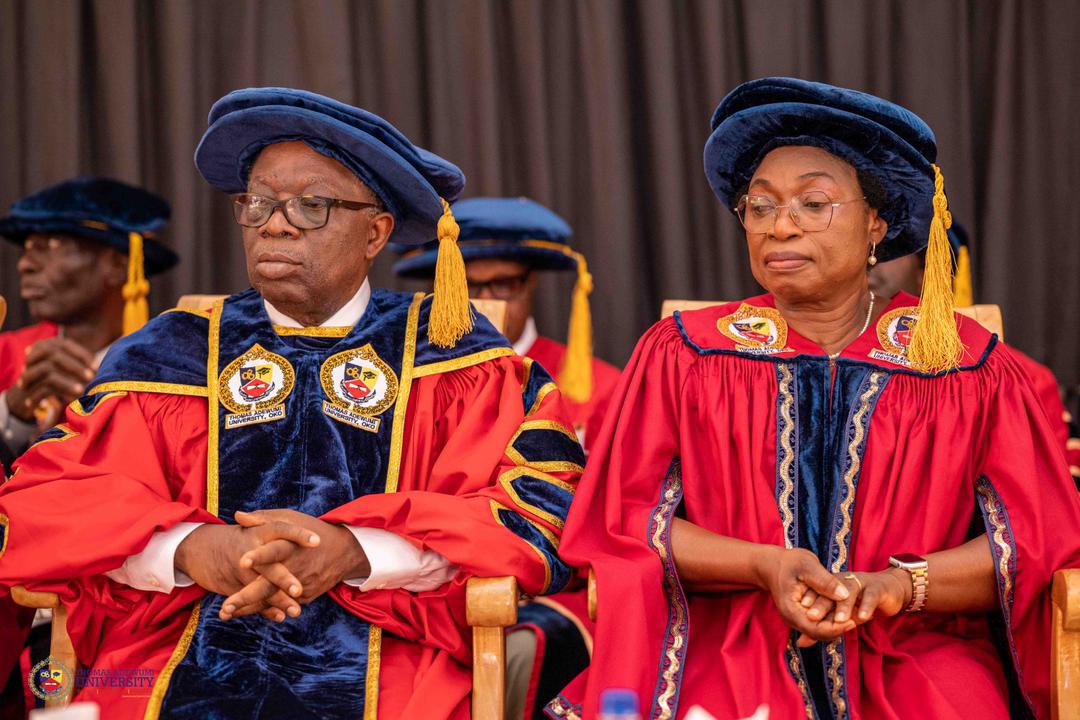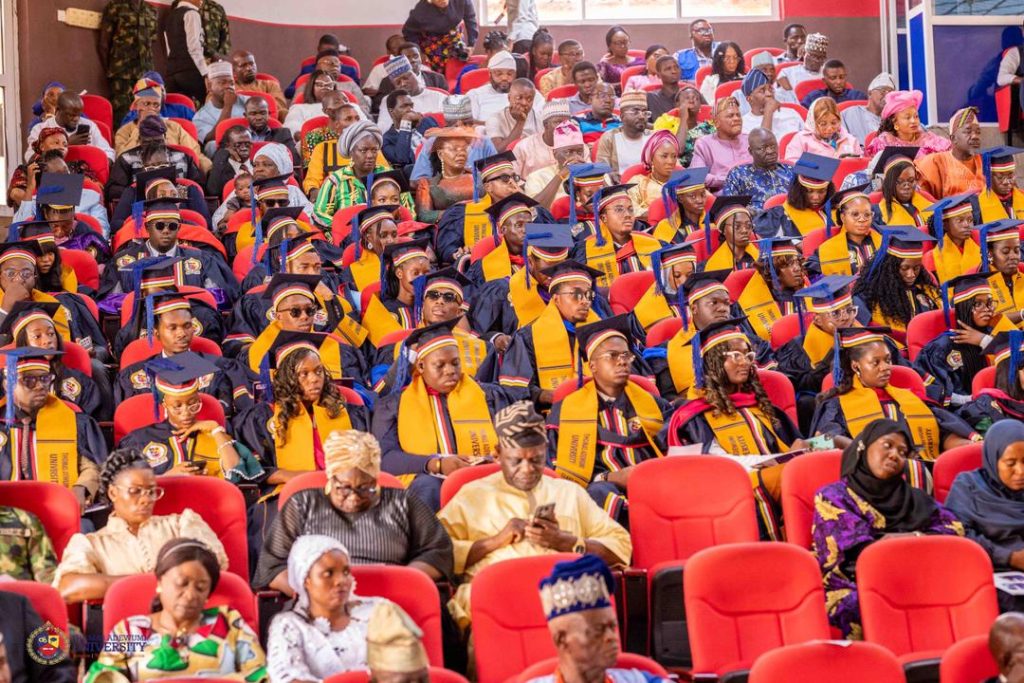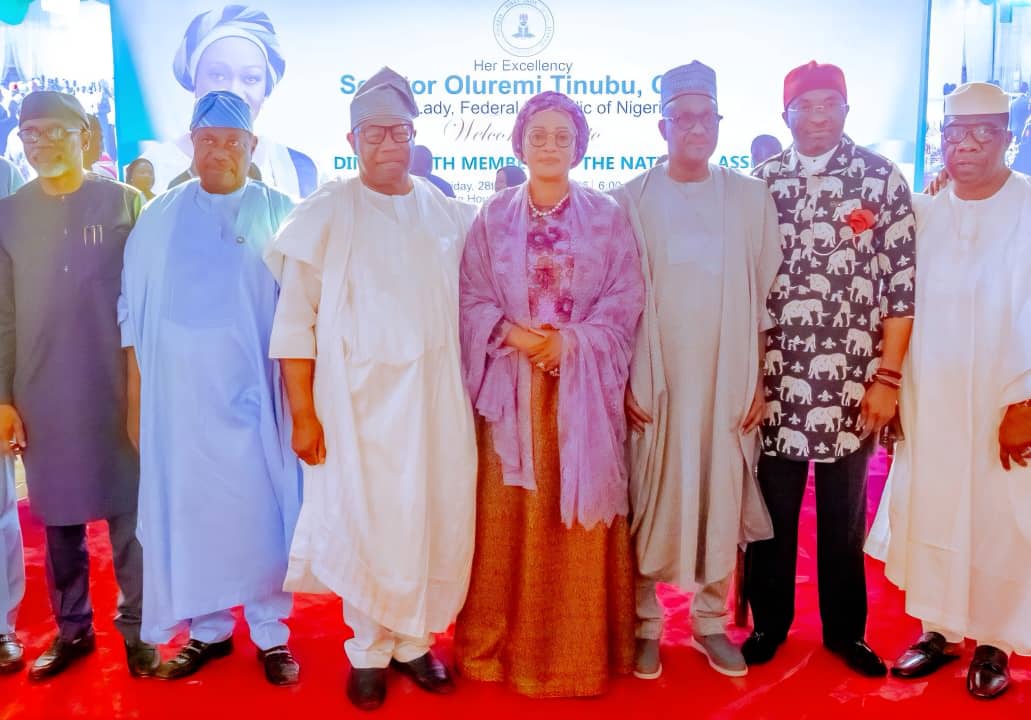Uncategorized
Qingdao develops advanced 3D “city map” to enhance smart urban management

By Wang Zhe, People’s Daily
With a simple scroll of the mouse, the city of Qingdao, east China’s Shandong province, comes vividly into view – high-resolutionbuildings rise sharply, their intricate details clearly rendered.
At his workstation, Hu Zhenbiao, chief systems architect at the Qingdao Institute of Survey and Mapping, introduced a city-scale 3D simulation platform: a full-scale digital twin of the city.
Real-scene 3D modeling has become a vital strategic resource and production element in the development of digital cities and the broader digital economy. By offering accurate, spatial-temporal depictions of urban spaces, these technologies provide vital insight into the dynamics of modern city life, infrastructure, and ecosystems.
The platform, officially launched in March 2021 under the leadership of the Qingdao Institute of Survey and Mapping, represents a landmark in urban digitization.
“Behind this platform lies more than six months of aerial photography, the processing of millions of images, and the 3D modeling of hundreds of thousands of buildings,” Hu explained.
Qingdao’s varied topography – marked by hilly terrain and dramatic elevation changes – necessitated the use of oblique aerial imaging to capture raw imagery and build an accurate 3D model.
For this phase, the project team deployed manned fixed-wing aircraft equipped with 150-megapixel, five-lens oblique aerial cameras. The aerial survey covered the entire urban area, achieving a ground resolution of 15 centimeters and maintaining more than 70 percent image overlap to maximize accuracy.
Hu noted that certain structural details – such as eaves and building undersides – were sometimes difficult to capture due to limited aerial angles, requiring on-site supplemental photography. “We used a combination of hybrid restoration and modeling techniques to accurately reconstruct the structures,” he said, pointing to the Qingdao International Conference Center on his screen. “Those eaves, for example, were recreated using 3D modeling.”
In March 2022, following expert review, the project was officially launched for citywide application. Today, the platform covers Qingdao’s entire land area – 11,000 square kilometers – as well as 800 kilometers of coastline, 49 bays, and seven inhabited islands.
“Fire reported on the eastern slope. Please respond immediately,” came the voice over the radio at the emergency command center in Qingdao’s West Coast New Area.
Qi Degang, deputy headof the area’s emergency management bureau, responded quickly. “The nearest water source is Reservoir No. 37 in Lingshanwei, about 700 meters away.”
This exchange occurred during a forest fire response drill on Xiaozhu Mountain. Displayed prominently on a large screen in the command center was a real-time, 3Dforest fire map – showing the fire’s location, affected area, and smoke direction.
“Our drones send back live footage, which is directlyfed into the 3D platform,” explained Mu Kun, head of forest fire response at the emergency management bureau.
A new call came in: “There’s a fork ahead – what’s the fastest route?”
Mu quickly zoomed in, selected a mountain trail and charted a path for the responders. “This trail is only one meter wide. Rescuers will have to go on foot. Elevation gain: 200 meters.”
“The 3D model allows us to act with greater speed and precision,” Qi added. “It helps us identify access routes, calculate burn areas, and direct field personnel efficiently.”
To date, Qingdao’scity-scale 3D simulation platform has been shared with over 60 municipal departments. It supports more than 100 key functions, including disaster prevention and mitigation, urban planning, social governance, and urban renewal. The platform also underpins over 70 digital government service applications and records nearly 100 million uses annually.
“Compared to traditional 2D maps, 3D modeling offers greater realism, dimensionality, and accuracy,” said Xue Hongli, deputy head of the Qingdao Bureau of Natural Resources and Planning. “It creates a holographic digital twin of the physical world, providing strong spatial support for fine-grained urban management.”
Xue emphasized that cities are constantly changing and 3D mapping must evolve in tandem to capture these transformations with fidelity.
At the bureau’s headquarters, staff members examined two versions of a digital model for a former mining site in Qingdao’s West Coast New Area. The comparison revealed tangible signs of ecological restoration – more vegetation and a gentler slope.
Qingdao is home to 898 legacy mine sites. In the past, inspectingthese sites required a full month of on-the-ground efforts. Now, with the help of the 3D model, the same work takes just five days. Since 2023, the city has carried out annual temporal updates to the city-scale 3D simulation platform, enabling it to track urban changes with precision and support data-driven analysis and evidence-ba
Uncategorized
TAU reaffirms commitment to globally competitive learning

- As 16 graduands make First Class
Stephen Olufemi Oni, Ilorin
The Thomas Adewumi University (TAU), Oko-Irese, in the Irepodun local government area of Kwara State, has reaffirmed its commitment to strengthening quality education, innovation, and globally competitive learning.

Speaking at the institution’s 2nd Convocation ceremony in Oko-Irese, the Vice Chancellor of the University, Professor Francisca Onaolapo Oladipo, said TAU is living up to its ranking as the fastest growing institution in Science, Technology, Engineering, Medicine, and Innovation (STEM-i) ecosystem by surpassing more than 100 percent in its number of graduating students at the second convocation.
She said: “TAU emerged on April 8, 2021, as Nigeria’s fastest-growing Science, Technology, Engineering, Medicine and Innovations (STEM-i) ecosystem. Today, we rank 1st among the 20 private universities that were licensed in
2021, 4th among the 14 Universities in Kwara State, 5th among Nigeria’s over 170 private Universities and 50th nationally, an impressive rise reflecting our unwavering commitment to excellence.
”What a Moment of Extraordinary Significance today, we stand at a crossroads far more significant than words can adequately capture. Exactly one year ago, we gathered at this very Auditorium to celebrate our inaugural Convocation, a ceremony that marked the graduation of 26 pioneering students who dared to believe in a vision when others saw only impossibility. Those 26 trailblazers proved that Thomas Adewumi University was not just a dream, but a reality rooted in excellence. Today, as we honour 63 outstanding graduates, we witness something far more profound than numerical growth.
“This 142% increase in our graduating class is not merely a statistic to be recorded in annual reports, it is a declaration that Thomas Adewumi University has transcended the realm of promise and entered the domain of proof.
“We have moved from potential to performance, from aspiration to achievement, from vision to velocity.
This year, 63 graduands from 4 Faculties and 11 academic programmes are being conferred. It is noteworthy that we have 16 First Class graduates, 40 in Second Class Upper Division, and 7 in Second Class Lower Division. These results reflect the quality of training and mentorship provided at Thomas Adewumi University, and we are proud to contribute these innovators to both the Nigerian and global workforce, confident that they will make a meaningful
impact.
”Preparing Globally Competitive Graduates, these 63 graduands are not merely degree holders, they are comprehensively prepared global professionals equipped with exceptional advantages that set them apart from their peers nationwide. Through our international partnerships, these graduates have obtained additional microcredentials from MIT, Harvard, Stanford, Columbia, Berkeley, and Yale, world-class certifications from Alison, UK, RUDN professional University, Russia, World Bank’s Saylor Academy, Google, ICAN, and the Global Partnership for Sustainable Development initiatives in Data Science and Artificial Intelligence.
“Our Coursera collaboration provided them with additional industry certifications, while partnerships with Microsoft, IBM SkillsBuild, and MIT OpenCourseWare through our Global Campus initiative democratize access to cutting-edge knowledge. They are thus fully equipped to embark on meaningful and innovative careers in today’s technology-driven world.”
Earlier in his Convocation Lecture, titled “Crowdfunding Opportunities forstartups: Equiping Nigerian graduates for a sustainable future”, Dr. Bayo Williams Olugbemi charged the graduads on the mindset of job creation, saying “as a graduate, your future is not defined by what Nigeria gives you, but by what you create. The idea of crowdfunding is the idea of hope. It is proof that when people come together, ideas once impossible become achievable.
“I urge you not to think only about searching for jobs. Instead, think about creating value, and if capital is a barrier, remember: “The crowd can be your first investor.”
In his goodwill message, the Executive Secretary of the National University Commission, Professor Abdullahi Ribadu, represented by Esther I. Eyo, Esq commended the resilience of TAU management said “NUC acknowledges TAU sustained progress in advancing quality teaching, impactful research, innovation, and community engagement, all of which align with our national aspiration for a globally competitive and knowledge-driven university system.
“It would interest you to know that, in the accreditation exercise conducted in 2023, Thomas Adewumi University achieved a 100% Full Accreditation status across all programmes assessed a laudable feat that reflects the University’s strong commitment to maintaining high academic standards.”
Also speaking, the Founder/Chancellor of the institution, Dr. (Engr) Johnson Adewumi, urged the graduands to be good ambassadors of the University, adding: “Remember that your degree is not an end but a beginning, go forth with courage, humility, and a sense of responsibility. Strive to illuminate whatever space you occupy with the light of integrity, excellence and service.”
Highlight of the event was the conferment of an honorary doctorate degree on two distinguished personalities; Engr Oluseyi Afolabi and Pastor Oladokun Olatunde.
End
Uncategorized
photo

L-r Speaker, House of Representatives, Tajudeen Abbas; President of the Senate, Godswill Akpabio and Nigeria’s First Lady, Senator Oluremi Tinubu, during the dinner for members of the National Assembly by the First Lady yesterday. Photo: Senate President’s Office.
Uncategorized
JUST IN: Even Tinubu moves with too many police escorts – Senator Ndume

By Hassan Taiye
Senator Ali Ndume has criticised what he described as the excessive use of security convoys by top government officials, including President Bola Tinubu, warning that the practice leaves ordinary citizens exposed and vulnerable.
Speaking on Politics Today on Channels Television on Thursday, Ndume said many public office holders move with security details that are unnecessarily large, even when their positions do not warrant such heavy protection.
He recalled visiting the residence of a colleague and finding “more than 10 policemen” attached to him, despite the lawmaker being junior to him in the National Assembly.
Ndume further argued that the presidential convoy itself is excessively large, stressing that security efforts should be focused on protecting the overall environment rather than individual personalities.
He said: “I went to one of my colleagues’ house for dinner. And I saw more than 10 policemen. He is even my junior in the National Assembly. Some of them, if you see them coming, you will pull back thinking that maybe it’s the President or the Vice President that is coming.
“
You can see even the president, the convoy that the president goes about with is too much. Secure the place and when the president goes, you withdraw. Secure Abuja and the president can even drive out, you know, himself.
But when you secure personalities, and this is what is happening in Nigeria, then others, common people, as we call them, become vulnerable, and we don’t care. So if you secure Abuja, then you can drive at night. And let me tell you, this is what is happening in most countries”.
The lawmaker’s comments come just days after President Tinubu ordered the withdrawal of police officers from VIP escort and guard duties.
In a statement, the Special Adviser to the President on Information and Strategy, Bayo Onanuga, said the directive was aimed at redeploying police manpower to core law enforcement responsibilities.
-

 Uncategorized5 years ago
Uncategorized5 years agoFG, states urged to harness flooding for ranching, others with technology – Agbaje
-

 Headlines10 years ago
Headlines10 years agoBreaking: EFCC seals Borno House of Assembly, as Hon members take to their heels
-

 News11 years ago
News11 years agoNigeria Security Operatives Stage Manhunt For Homosexual Perpetrator
-

 News9 years ago
News9 years agoHow 21-year-old Girl fled community over accusation of lesbianism
-

 News10 years ago
News10 years agoYobe Gov Moves Against Deputy
-

 Opinion7 years ago
Opinion7 years ago7 signs she has friend zoned you
-
Technology4 years ago
Online job placement company headhunts women
-

 Headlines10 years ago
Headlines10 years agoBorno Dep Gov Abducts Another Church Leader





